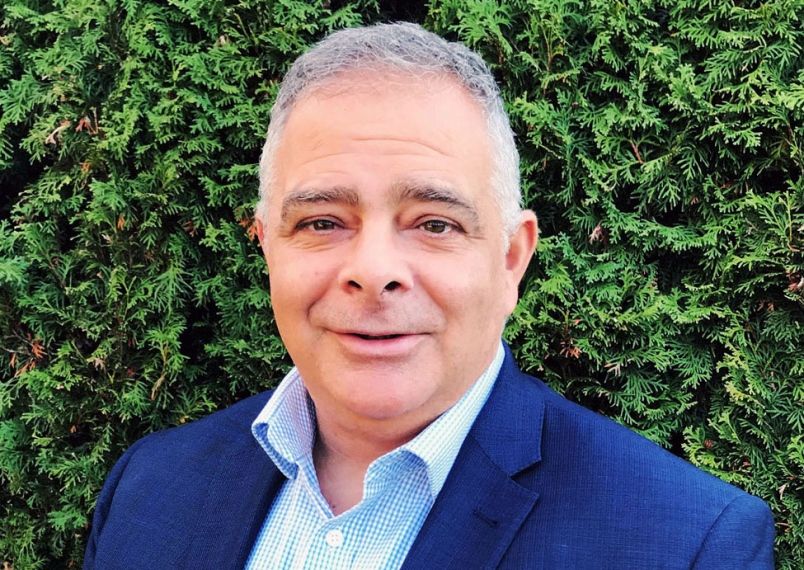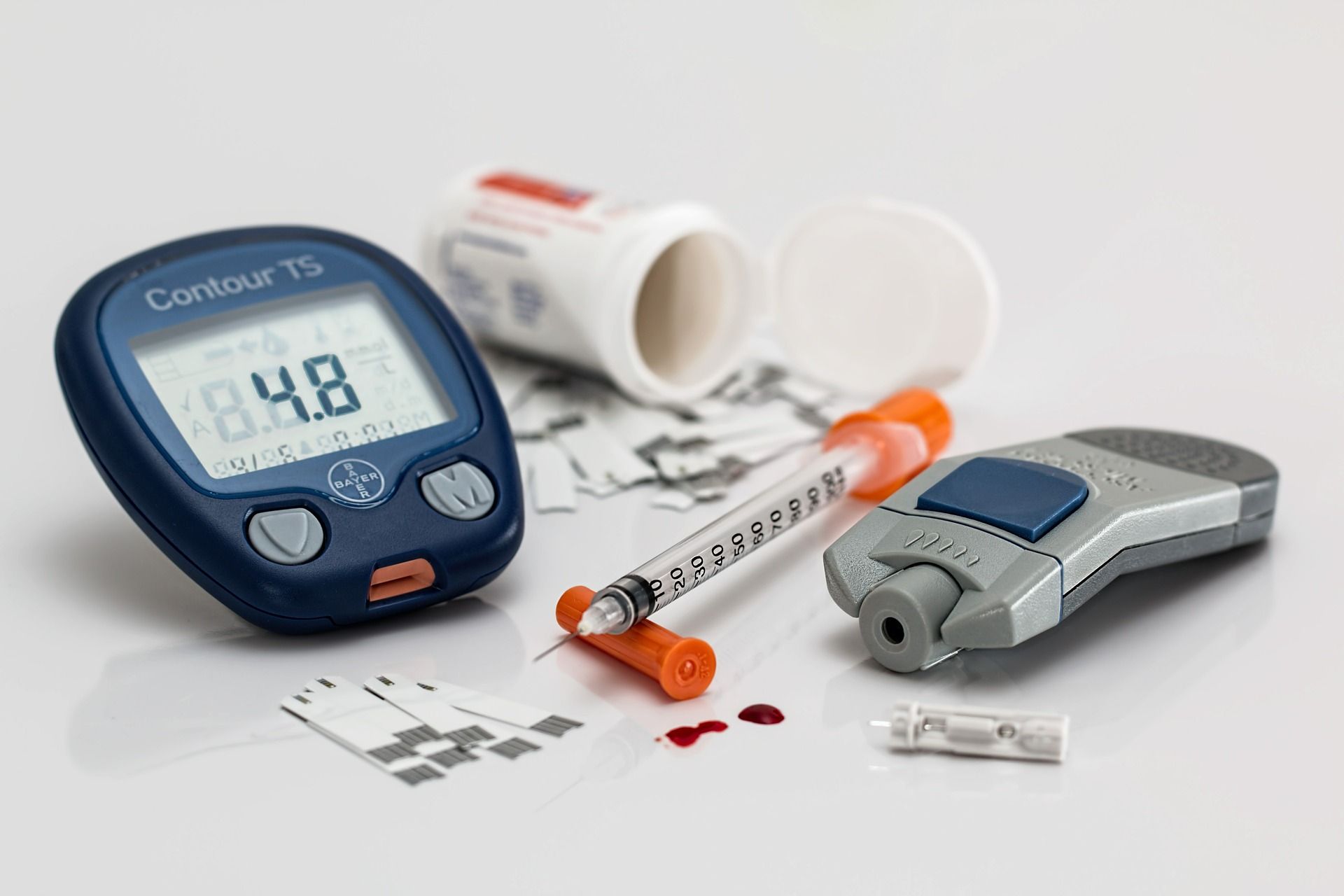in someone with type 2 diabetes, which is the most prevalent type, basically the pancreas is overproducing insulin. we call this insulin resistance. so it’s saying, ‘hey, take these sugars and absorb them so we can get them out of the bloodstream.’ but that insulin is just not as efficient and so you get these residual high blood sugars in the bloodstream, which can be due to various causes — genetics, lifestyle, medication, other medical conditions.
what are the signs of type 2 diabetes?
dr. i.: it can actually vary person to person. what makes it a little bit tough is many individuals who have diabetes may present with no symptoms, they’re asymptomatic, but the trouble with these high blood sugars is they’re working in the background and they cause trouble to certain organs in your body that are more sensitive, such as your eyes, your heart, your kidney, your brain. sometimes these individuals don’t know until, unfortunately, a significant event happens such as a heart attack or a stroke.
for those who are symptomatic, high blood sugars can present with different symptoms, like vision changes, increased thirst and urination, fatigue, mood changes or irritability, or changes to weight. you can also get recurrent infections like yeast infections in particular, which really thrive on blood sugar.
 6 minute read
6 minute read





















